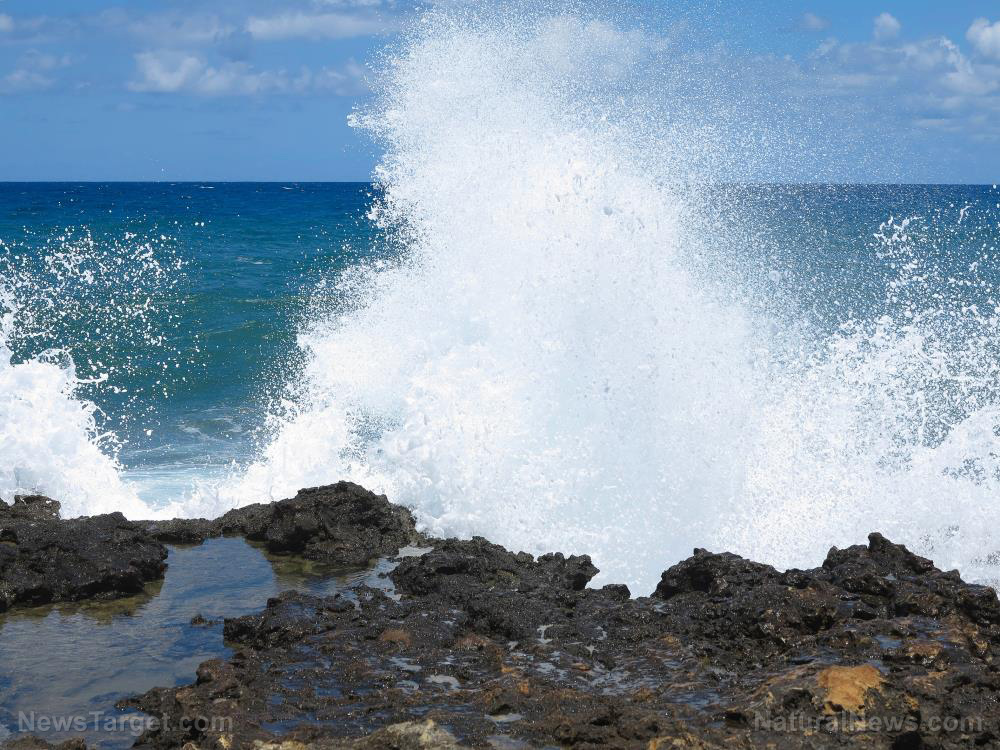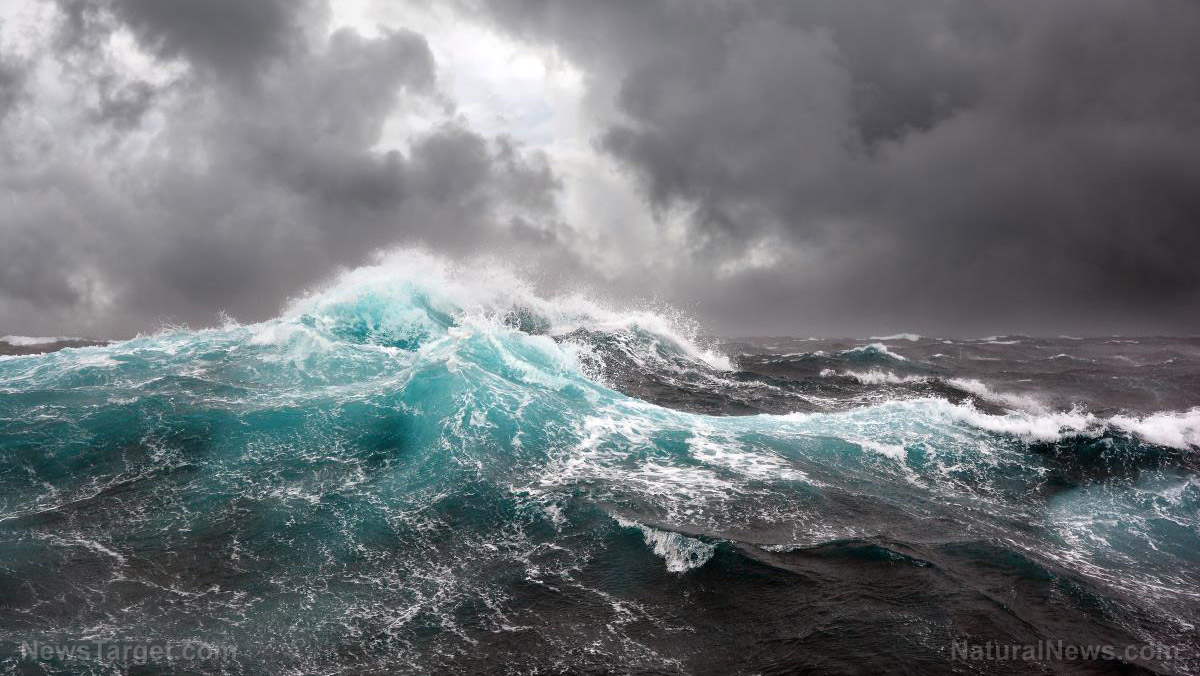Climate change myth debunked: Pacific and Indian Ocean sea levels rising much slower than model predictions
01/05/2022 / By Mary Villareal

A recent study disproved claims by the climate change propagandists that low-lying islands are sinking into the sea. Dr. Alberto Boretti asserted in a new paper that the sea level has been rising very slowly in the Pacific and Indian Ocean.
Some islands are actually gaining in size. A 2019 global-scale analysis of 709 islands in the Pacific and Indian Oceans revealed 89 percent were either stable or growing, and that no island larger than 10 hectares (24.7 acres) had decreased in size since the 1980s.
This is because the relative sea-level rise has only been +0.46 millimeters per year in these regions, with an almost trivial acceleration rate of +0.0091 millimeters per year. It contradicts some experts who projected a long time ago that the islands surrounded by the Pacific and Indian Oceans would be submerged beneath the sea as a consequence of the so-called climate change. (Related: The real damage of climate change.)
Past study says continents absorb much of the water from the oceans
This is not the first study to point out the slow rise in sea levels. In 2016, scientists said that parched land is absorbing trillions of tons of water from the melting glaciers, stopping them from ending up in the oceans.
A pair of National Aeronautics and Space Administration (NASA) satellites launched in 2002, collectively known as the Gravity Recovery and Climate Experiment (GRACE), measured changes in gravity between 2002 and 2014.
The researchers from NASA and others involved in the study said that the continents have soaked up and stored over 3.2 trillion tons of water in soils, lakes and underground aquifers. Satellite measurements collected over the past decade also showed that the rate of sea-level rise has slowed by 22 percent.
The lead author of the study, JT Reager from NASA’s Jet Propulsion Laboratory in Pasadena, California, said that they have always assumed that the increased reliance on groundwater for irrigation and consumption resulted in a net transfer of water from the land to the ocean.
“What we didn’t realize until now is that over the past decade, changes in the global water cycle more than offset the losses that occurred from groundwater pumping, causing the land to act like a sponge,” Reager said. (Related: ‘Climate change’ activist movement nothing more than rebranded 1970’s myth.)
The global water cycle involves the evaporation of water droplets over the oceans to rainfall, which runs off into rivers that lead back into the ocean.
While the rise of sea levels has been a cause of concern due to global warming, it is not the same everywhere. There are three factors that can influence the change in sea level in local areas: temperature, winds and oceanic currents.
Hot water is more voluminous than cold water – thus, the sea level may rise more in the tropics. Winds in different regions can also affect the shape of the seas and oceanic currents, which can have a direct impact on local sea-level rise.
The shape of the coastline and tectonic plates can also affect how a given location can respond to the change.
Watch the video below to learn more about the climate change propaganda.
This video is from the TheThe channel on Brighteon.com.
Read more about the sea level rise and other global issues on Climate.news.
Sources include:
Tagged Under: Climate, climate change, climate science, continents, environment, glaciers, global warming, Indian ocean, Pacific Ocean, research, sea levels, truth, underground aquifers
RECENT NEWS & ARTICLES
NewScienceReport.com is a fact-based public education website published by New Science Report Features, LLC.
All content copyright © 2018 by New Science Report Features, LLC.
Contact Us with Tips or Corrections
All trademarks, registered trademarks and servicemarks mentioned on this site are the property of their respective owners.




















